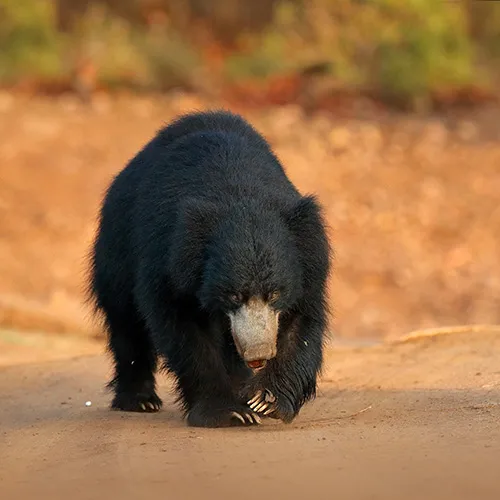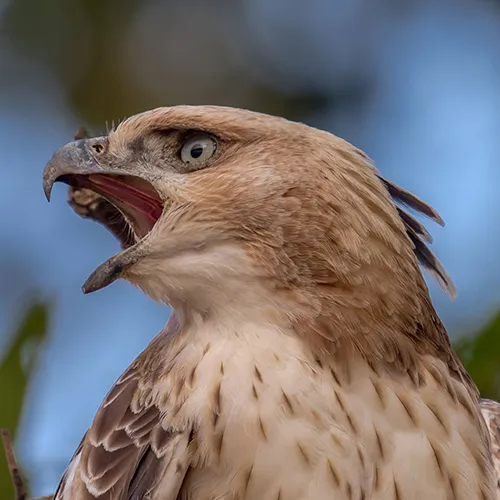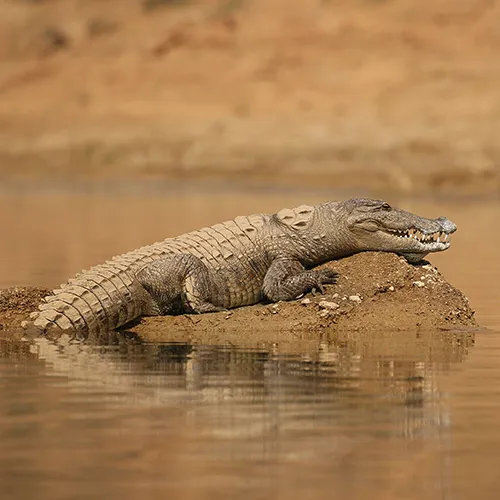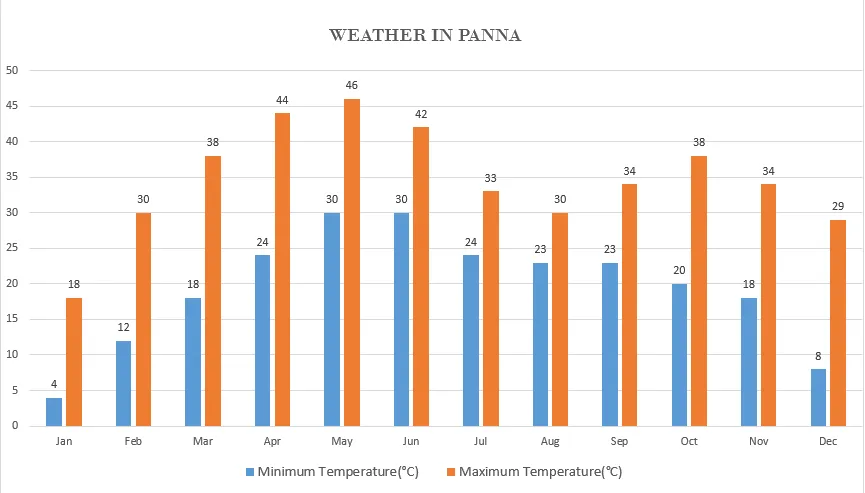Panna National Park
Madhya Pradesh, India
About Panna National Park
Panna National Park, nestled in the Panna district of India, boasts a remarkable conservation journey. Overcoming a severe crisis due to poaching, the park’s tiger population, once reduced to only three individuals, has now rebounded to nearly 35 tigers, showcasing the dedication of the forest department. The park, nurtured by the Ken River, houses not only a thriving tiger community but also a diverse range of inhabitants, including crocodiles and, though dwindling, a population of gharials. Leopard sightings are a highlight, adding to the allure of tiger and leopard safaris.
Panna is a haven for vultures, rare in many parts of the country, with a healthy population on the park’s cliffs. Birdwatchers will delight in the avian wonders of Panna, making it a fantastic destination for nature safari enthusiasts and those seeking tiger safari experiences. Moreover, the park’s proximity to the world heritage site of Khajuraho, just 25 kilometers away, and the renowned Panna Diamond mines enhance its appeal. History enthusiasts can explore the Kalinjar Fort, a little over an hour’s drive from the park.
While Panna offers a unique blend of wildlife and cultural attractions, it faces a significant challenge with the proposed Ken and Betwa river linking project. The ongoing debate and discussions about the project hope to preserve Panna National Park’s wildlife habitat, allowing visitors to continue enjoying tiger safaris, birdwatching, and the rich cultural experiences the region has to offer, including tours combining tiger safaris and visits to the iconic Taj Mahal.
Highlights
- Tigers: Remarkable tiger conservation success, from poaching to thriving population.
- Ken River: Vital water source, home to crocodiles.
- Leopards: Excellent leopard sightings in the park.
- Vultures: Healthy vulture population on park cliffs.
- Birding: Wonderful birdwatching opportunities.
- Khajuraho: Proximity to world heritage site.
- Diamond Mines: Renowned Panna Diamond mines nearby.
- Kalinjar Fort: Historical attraction within an hour's drive.
Facts about Panna National Park
Area: 1645 sq. km- 542.6 sq. km is core and 1002 sq. km is buffer forest.
Coordinates: Latitude: 20° 4’ 53”- 20° 25’ 51” N, Longitude: 79° 13′ 13” to 79° 33′ 34”E.
Key Species of Panna National Park

Mammals
- Tiger
- Leopard
- Sloth Bear
- Indian Gazelle
- Barking Deer
- Sambar
- Honey Badger
- Langur
- Wild Pig
- Rusty Spotted Cat

Birds
- Indian Sandgrouse
- Malabar Pied Hornbill
- Plum Headed Parakeet
- Crested Serpent Eagle
- Green Bee Eater
- Tickle’s Blue Flycatcher
- Brahminy Starling
- Yellow Footed Green Pigeon
- Asian Paradise Fly Catcher
- Emerald Dove

Reptiles
- Python
- Russel’s Viper
- Saw Scaled Viper
- Indian Cobra
- Common Rat Snake
- Marsh Mugger
- Fan Throated Lizard
- Indian Garden Lizard
- Indian Monitor
- Banded Krait
Safari Zones of Panna National Park
Panna being a smaller park has one tourism zone with two different gates viz. Hinouta and Madla.
Madla : This is one of the entrances to the park. Hiring guides and vehicles are easier here. Animal distribution in this area is high. Many herbivorous can be spotted in this region. Flora is also rich here.
Hinouta : This is also an entrance to the park. The terrain in this region is predominantly rocky and dry. It is the best spot to find some wild cats including tiger, leopard and others. Sloth bear can also be spotted.
River Ken : This is the best area to spot all kinds of animals. Birdwatching is common in this area. Reptiles can also be spotted here. Boat safari on the river is one of the top tourist activities in the park.
Reaching Panna National Park
Flight
Nearest airport to Panna is Khajuraho (45 km).The airport is well connected to major cities in the country like New Delhi and Mumbai.
Road
Khajuraho: At metre distance of 45 km is just around an hour drive from the park.
Satna: At metre distance of 70 km is just around an hour and half drive from the park.
Jabalpur: At metre distance of 210 km is around 05 hour drive from the Park.
Bhopal: At metre distance of 450 km is around 08 hour drive from the Park.
Train
The nearest railway stations to the park are Satna and Khajuraho which are directly linked to major towns in the country like Bhopal, Jabalpur and Delhi. The distance between Panna to Satna and Khajuraho is only about 70 km and 45 km respectively.
Weather and Clothing
- DO NOT carry shiny/bright colored clothing. Instead, carry earthy colors like shades of dull green or olive green, beige, and grey. Black is also avoidable as it attracts mosquitos.
- Carry comfortable, breathable clothes (cotton) in summer.
- Carry layers (4-5) of thin woolen clothes rather than one heavy jacket for winter. Layers are a lot more helpful through the varying temperatures during the day.
- Carry a wind cheater/rain coat just in case there is a light shower.
- Carry a Cap/Hat during summer.
- Avoid wearing strong perfume while on safari. Animals have a strong sense of smell and it may distract them.

Enquire Now
Please fill the form below and our team will get back to you within 24 hours with a perfect tiger safari tour package.
FAQ
Panna National Park is a renowned national park in India, located in the Panna district of Madhya Pradesh, known for its diverse wildlife and scenic beauty.
It’s famous for the successful revival of the tiger population, from the brink of extinction due to poaching.
You can join guided tiger safaris in open gypsies for thrilling encounters with these magnificent creatures.
Panna is home to leopards, crocodiles, vultures, and numerous bird species.
Besides tigers, Tadoba is home to diverse wildlife, including leopards, sloth bears, Indian bison, and numerous bird species.
Khajuraho’s world heritage site and Panna Diamond mines are close
Yes, you can visit Kalinjar Fort, an hour’s drive away.
Absolutely, you can stay longer to explore both the park and its surroundings.
The proposed Ken and Betwa river linking project may affect one-third of the park’s area.
Debates and discussions are ongoing with hopes that the project may be shelved to protect Panna National Park’s biodiversity.



